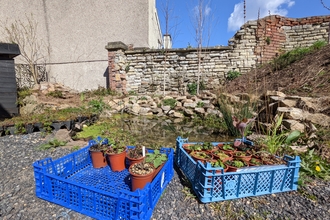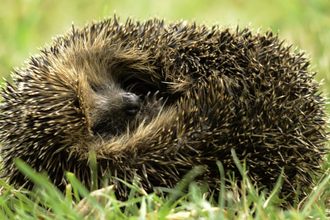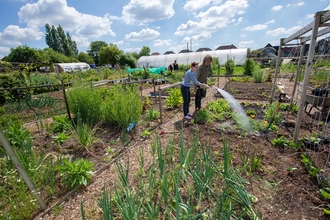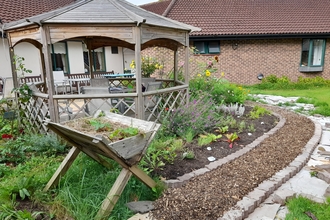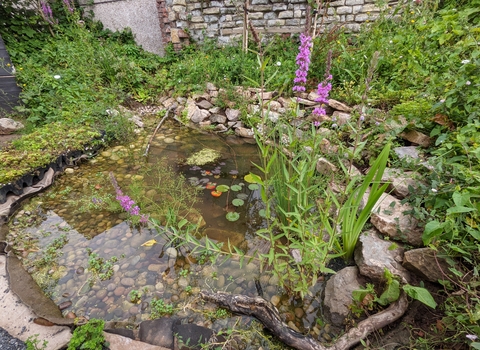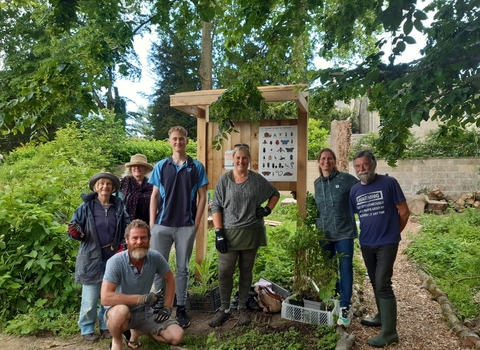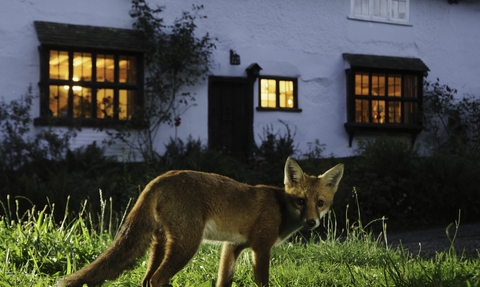
Red fox (Vulpes vulpes) being fed in garden. Kent, UK. - Terry Whittaker/2020VISION
A Beginner's Guide to Using Willdife Camera Traps
Connecting With Nature Using Technology
Written and created by Holly Jones, Avon Wildlife Trust volunteer
Camera traps are remote cameras which use infrared sensors to automatically take photos and videos when triggered by movement. They are useful for wildlife monitoring as they allow us to view animals in their natural habitat without human interference. This can provide insight into natural behaviour and can be useful for monitoring elusive or nocturnal species. Camera traps can operate for extended periods of time, providing valuable information to help us better understand patterns in wildlife dynamics and populations, presenting a valuable tool in wildlife conservation and helping us feel more connected to our local wildlife.
Choosing and installing your camera trap
When buying an entry-level camera trap it’s not necessary to spend lots of money - many start from around £25. Identify a site likely to have wildlife that will pass in front of the camera, ensuring you have permission from the landowner. For certain protected species, or those with a controversial public opinion, like badgers, it may be important to not disclose the location of your camera traps. Ideal camera sites could include near dens, drinking sources or existing pathways used by animals. Mammals often take certain routes between their preferred sleeping and feeding locations, leaving visible impressions and trails in the undergrowth. If you have a target species in mind, this can influence the height you mount your camera. NatureSpy has an excellent guide to optimal camera trap positioning, with tips on aligning your camera for different species, accounting for bright sunlight and how to avoid disturbing wildlife. It also explains how to keep your camera safe and secure.
Selecting longer video recording times or a greater number of photos per trigger will provide more media to view, however will also deplete the battery more quickly. Your footage can be viewed by inserting the camera’s SD card into a laptop. Many camera traps also have a screen where you can preview your recordings on-site. Though tempting, it is recommended to not check your camera trap too frequently, as human disturbance and scents can be off-putting to wildlife. Just remember that once your SD card is full it will no longer be able to record anything until you have emptied it onto a computer.
Reporting your sightings
You may wish to report your sightings to a local wildlife database such as BRERC. Reporting sightings helps build a picture of local biodiversity, making it easier to protect and preserve wildlife for future generations. With green spaces (particularly those which do not receive formal designation such as Sites of Special Scientific Interest, or Local Nature Reserves) often being under threat from changes in land use and development, it is important that the resident wildlife is recorded, as this can inform decisions made by local authorities and help protect the site’s future. This is particularly true of species of conservation concern. iRecord is another way of reporting sightings, with all records automatically made available to local record centres.
Need help identifying an animal? Try our Wildlife Explorer
Resources
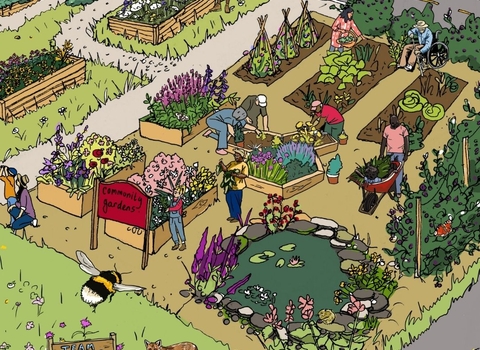
(C) Hannah Bunn
Be part of Team Wilder
All actions for nature collectively add up and creates life for people and wildlife.
Share your actions for nature to inspire and motivate others.
Talk about what you do to make these actions part of everyday life.
Share and tag us on @avonwt on social media as well.
Log your actions for nature on the map





